📦 Fast Delivery – Order Now!
💸 Shop Safely – 100% Money-Back Guarantee
👨🔧 Lifetime Customer Support
📦 Fast Delivery – Order Now!
💸 Shop Safely – 100% Money-Back Guarantee
👨🔧 Lifetime Customer Support
Nevada shines brighter than almost any other U.S. state, and that’s not just because of the sun. The state’s endless desert skies make it a perfect place for solar energy. And since more homeowners want clean power and lower bills, Nevada solar energy keeps growing fast. It’s no wonder the Silver State is turning into a solar leader.

Nevada enjoys over 300 sunny days each year, so solar panels work efficiently almost all the time. Because of this constant sunshine, residents can produce more power and depend less on the grid. Moreover, the dry climate helps panels last longer and perform better. And since technology keeps improving, systems become more affordable and powerful each year.
Energy costs continue to rise, but solar power brings stability. Once installed, a system can cut monthly bills significantly and lock in energy prices for years. Plus, many Nevadans care about the environment and want a cleaner energy future. Therefore, solar energy feels both smart and responsible.
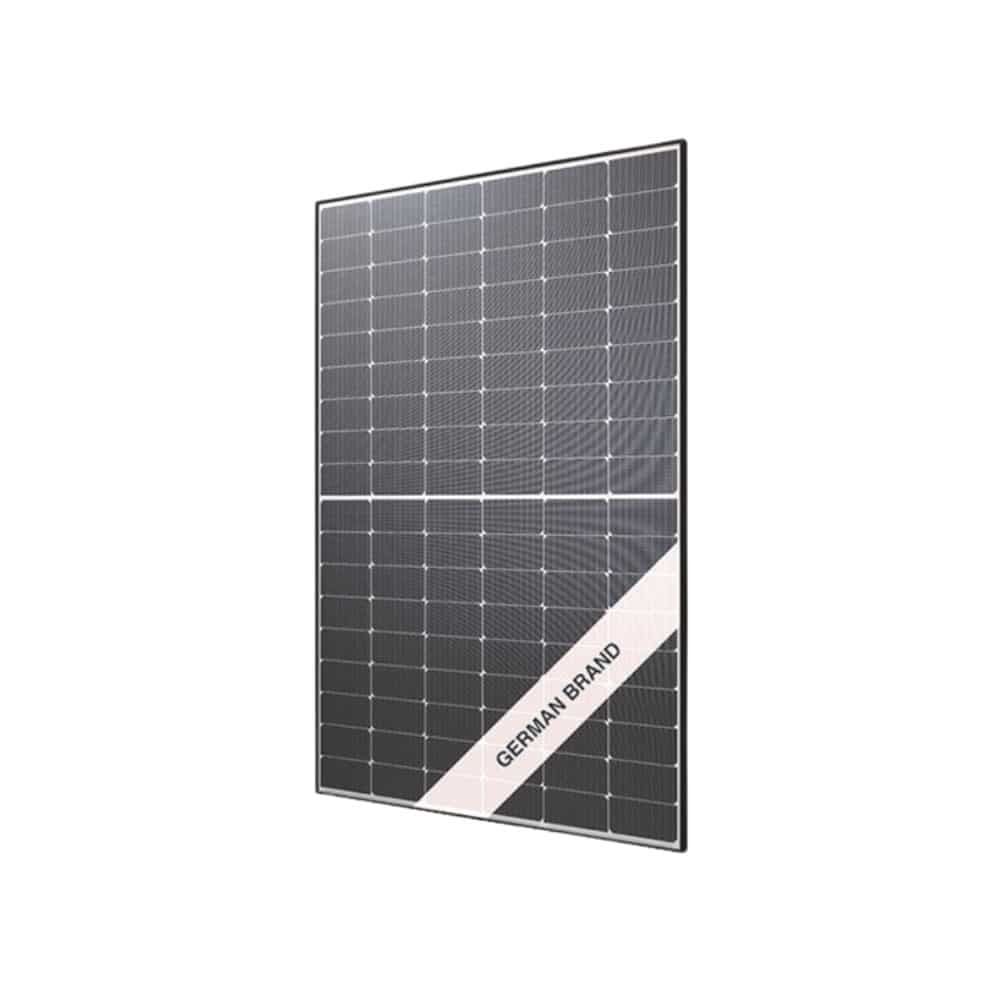
✅ 590W premium solar module
✅ Durable silver frame
✅ Engineered for consistent performance
Nevada offers several programs and incentives for homeowners who switch to solar. For example, the state’s net metering policy allows you to sell extra power back to the grid. This means your panels can generate credits while you save. And since federal tax credits still exist, going solar is even more affordable.
Solar systems add value to homes, and they reduce dependence on traditional energy sources. Homeowners who invest today protect themselves from future price hikes. Furthermore, panels need very little maintenance and can last more than 25 years. So even though the initial cost may seem high, the long-term savings make it worth it.
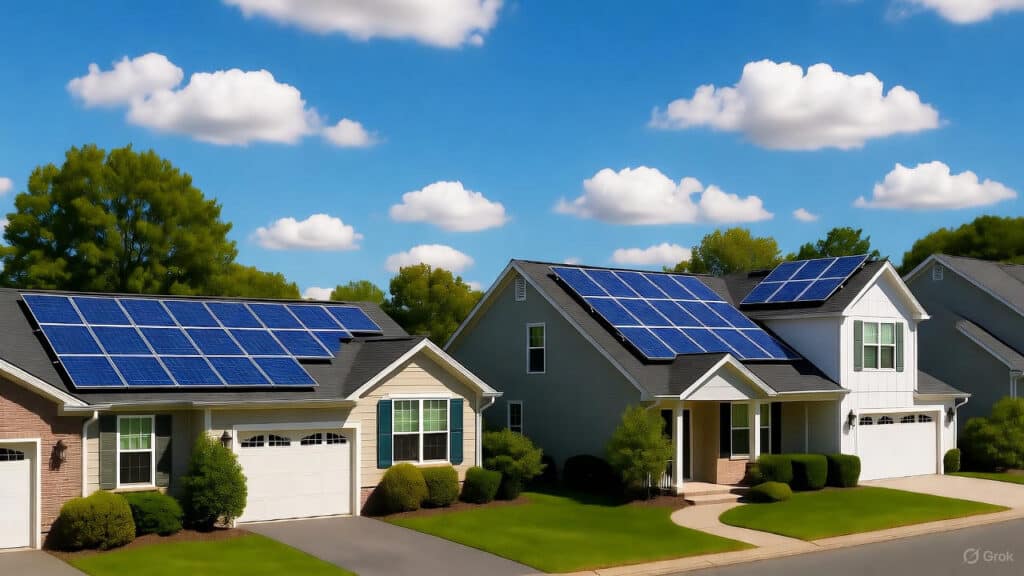
Every solar system reduces carbon emissions and supports cleaner air. Since Nevada’s deserts are sensitive ecosystems, solar adoption helps protect them. And because clean power replaces fossil fuels, it lowers pollution and greenhouse gases. Therefore, each installation contributes to a greener and healthier future.
Modern panels capture sunlight more efficiently than ever before. Meanwhile, battery storage systems let homeowners save power for nighttime use. With smarter inverters and monitoring tools, managing solar energy becomes easy and reliable. And since innovations continue, the future of Nevada solar energy looks even brighter.
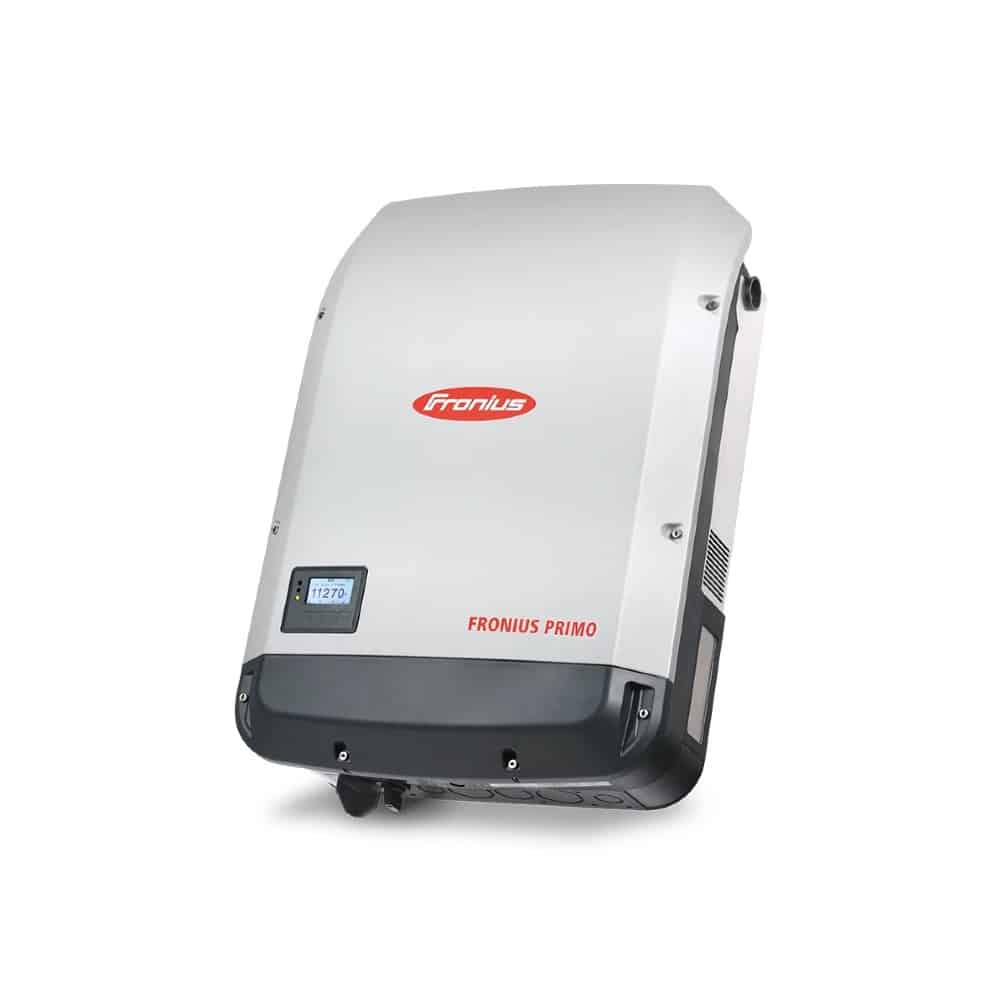
✅ Single-phase string inverter
✅ 11.4 kW AC output
✅ Built-in Wi-Fi monitoring and NEC rapid shutdown
Commercial buildings have large roofs that are perfect for solar installations. Companies can cut operational costs and show their commitment to sustainability. And because customers appreciate eco-friendly brands, solar can even boost a company’s reputation. That’s why more Nevada businesses are switching to solar each year.
The growth of solar energy creates jobs across the state. Installers, engineers, and technicians all benefit from this booming industry. Moreover, local suppliers and contractors gain new business opportunities. As a result, Nevada’s clean energy transition strengthens communities and supports long-term economic growth.
Federal tax credits remain high, but they will decrease over time. Equipment costs are also lower than ever, making this the perfect moment to act. And because the demand for solar is rising quickly, early adopters gain more benefits. So waiting too long could mean missing valuable savings and incentives.
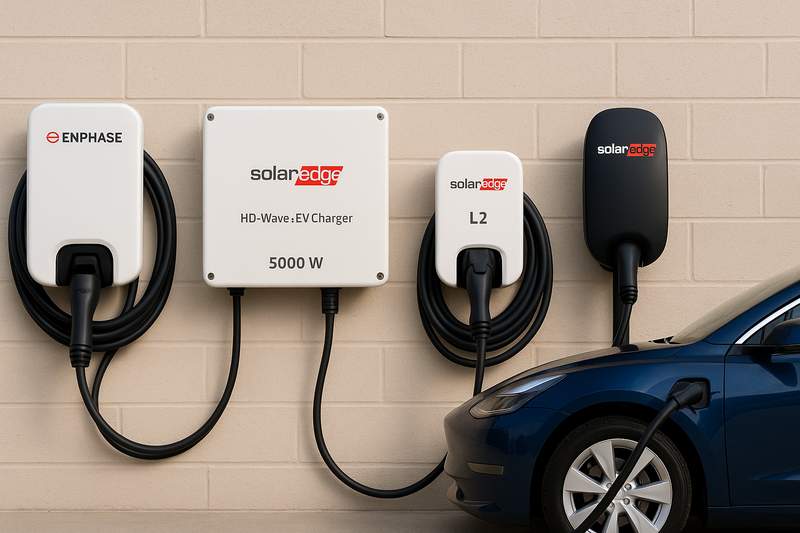
It’s essential to check your roof condition and energy usage first. Then, you should choose a trusted installer with strong warranties and experience. Since the Nevada sun is powerful, proper panel placement matters. And because every home is different, a professional assessment ensures the best performance.
At AceFlex, we offer you high-quality solar systems. Because we believe in innovation and sustainability, our solutions deliver maximum power and savings. Ready to make the switch? Contact AceFlex today and start your solar journey under the Nevada sun!
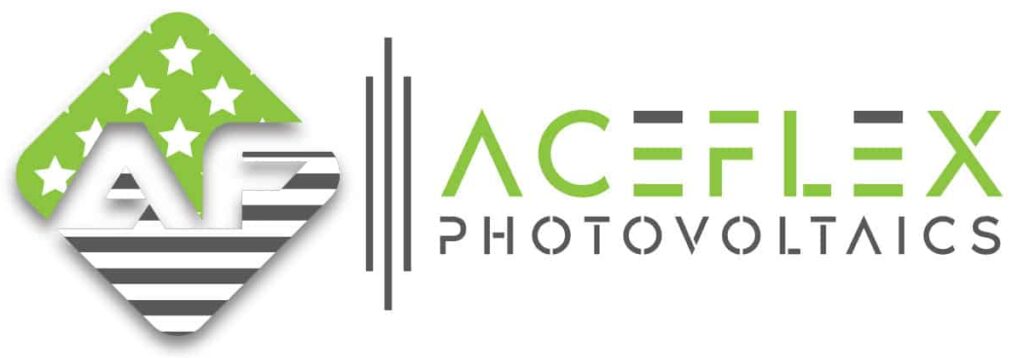
Nevada solar energy isn’t just a trend — it’s a transformation. The state’s bright skies, forward-thinking residents, and strong incentives create the ideal environment for clean power. And since solar technology keeps advancing, homeowners and businesses can now enjoy reliable and affordable energy for decades.

About 27% of Nevada’s total electricity comes from solar power, and that number keeps growing. Because the state gets so much sun, it continues to expand its renewable energy capacity every year.
The controversy began when utility companies changed net metering rates, which affected homeowners’ solar savings. But after public pressure, Nevada restored fairer policies to support solar users again.
No, major solar plants in Nevada remain active and continue to expand production. Some facilities pause for maintenance, yet most are growing due to high energy demand.
California produces the most solar energy in the United States. Because of its large population and vast solar farms, it stays far ahead of other states.
California ranks number one for installed solar capacity and energy generation. Its sunny climate and strong policies make it a solar powerhouse.
The 33% rule limits how much extra solar power you can install beyond your average usage. It ensures that systems match the household’s needs without overproducing energy.
Some remove panels when they sell their homes or upgrade to newer technology. Others do so because old systems lose efficiency or lack maintenance.
The 120% rule defines how much solar energy a home’s electrical panel can safely handle. It prevents overloading by allowing solar backfeed to use only 120% of the panel’s rated capacity.
A 2 kW system is too small for most U.S. homes. It might power a tiny house or cabin, but larger homes need much more energy.
Yes, 40 kWh per day is above average for most households. High energy use often comes from air conditioning, electric heating, or multiple appliances running at once.
A 2 kW solar setup can run one small air conditioner for limited hours. But since AC units use lots of energy, a larger system is usually necessary.
Most 2000-square-foot homes need around 6 to 8 kW of solar power. The exact number depends on energy habits, insulation, and local weather.
Heating and cooling systems usually raise bills the most. But appliances like dryers, ovens, and pool pumps also consume lots of electricity.
Check the circuit breakers in your electrical panel for printed numbers. If it says “15,” you have a 15-amp circuit, but “20” means a higher capacity for bigger loads.
Yes, a 12000-watt generator can power most average homes during an outage. Yet it depends on what appliances you run and how efficiently you manage the load.
The Gemini Solar Project near Las Vegas is Nevada’s largest solar farm. It produces enough power for over 400,000 homes and includes advanced battery storage.
Yes, residents can claim the federal solar tax credit and some local rebates. These programs help make installation more affordable and attractive.
Panels usually last 25 to 30 years, even under Nevada’s hot sun. Because they’re built for tough climates, they remain reliable for decades.
Yes, solar panels can raise a home’s resale value. Buyers like the idea of lower utility bills and clean energy, so homes with solar often sell faster.
Battery storage saves extra power for nighttime or cloudy days. It keeps homes powered even during outages and reduces grid dependence.
While no program is truly free, some options require little upfront payment. Financing and leasing plans make it easier for homeowners to go solar.
Nevada’s future looks bright as solar technology keeps improving. With better storage, smarter grids, and stronger incentives, the state will lead the renewable revolution.
AceFlex is one of the leading online retailers of renewable energy products and offers a wide range of solar products. We work with well-known manufacturers and wholesalers and can offer you cost-effective products in the field of photovoltaics so that you too can contribute to the energy transition.
Looking for an experienced team for planning your photovoltaic system without the hassle of doing it yourself? We are your trusted partner, offering comprehensive nationwide solutions. We provide expert consultation and supply of both photovoltaic systems and storage units tailored to your specific needs.
© 2025 Aceflex All Rights Reserved. Design by Media Pantheon, Inc.